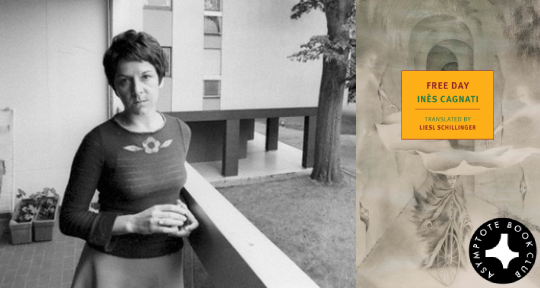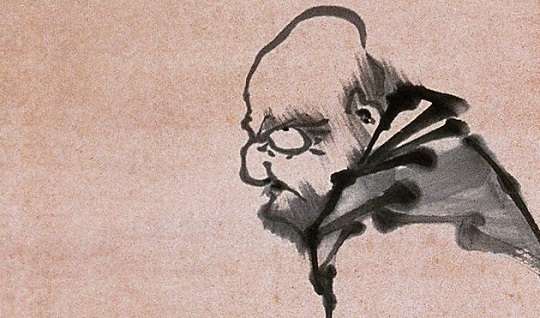Winner of France’s Prix Roger Nimier in 1973 and now published for the first time in English, this month’s Book Club selection is a powerful portrait of childhood and the struggle between freedom and nostalgia. Written by Inès Cagnati, who was born in France to Italian immigrants, Free Day vividly depicts feelings of estrangement within a community and the surrounding environment. Through the interior monologue of fourteen-year-old Galla, Cagnati poignantly conveys the conflicts of childhood experience: hostility, fear, cruelty, yet overwhelming curiosity and desires.
The Asymptote Book Club aspires to bring the best in translated fiction every month to readers in the US, the UK, and the EU. You can sign up to receive next month’s selection on our website for as little as USD15 per book; once you’re a member, you can join the online discussion on our Facebook page!
Free Day by Inès Cagnati, translated from the French by Liesl Schillinger, NYRB, 2019
In Free Day, Inès Cagnati—with evidently great subtlety and focus—examines a young girl’s manner of interacting with the world around her, in addition to developing that which lies within her. Though the basis of the book is that of a poor Italian family of farmers in mid-century France, the novel is in actuality a character study of fourteen-year-old Galla, chronicling the sacrifices she makes in order to attend high school.
Initially, the reader senses a degree of ambiguity regarding the narrator’s age before it is revealed, as Galla seems to pendulate between the thinking of a child and that of an adult—indeed as one does at that in-between age. Though by no means convoluted or rambunctious, here one could argue that there is something Joycean in Cagnati’s book, as the dramatic guise is stylistic in a manner that we have originally come to know and love in A Portrait of the Artist as a Young Man. Cagnati immediately sketches Galla not as bratty or melodramatic, as teens are sometimes written, but as a likeable freethinker despite her condition: “The English professor, too. He talks to us endlessly about people who’ve been dead forever, instead of leaving them in peace, which they definitely deserve, or telling stories of his own.” READ MORE…



